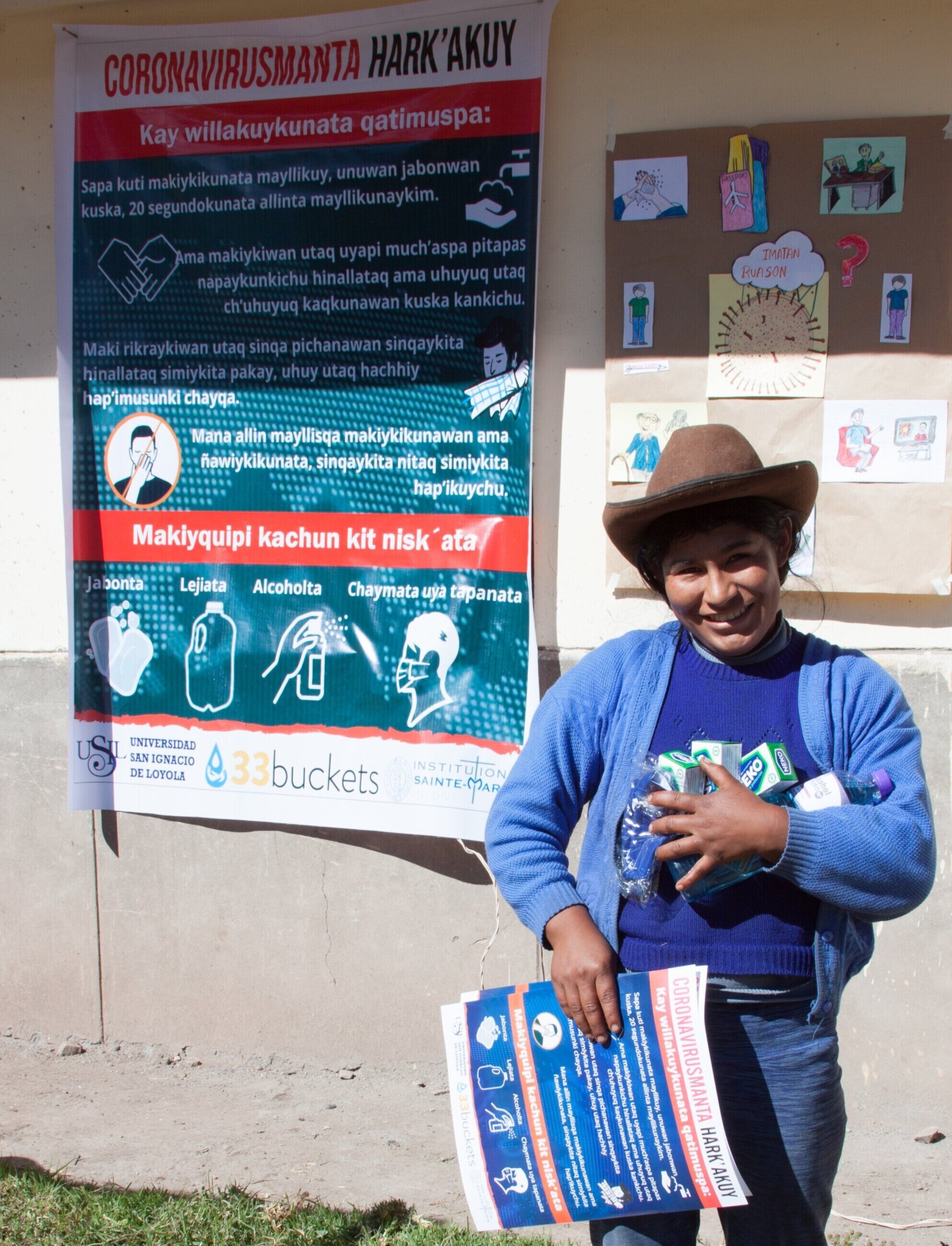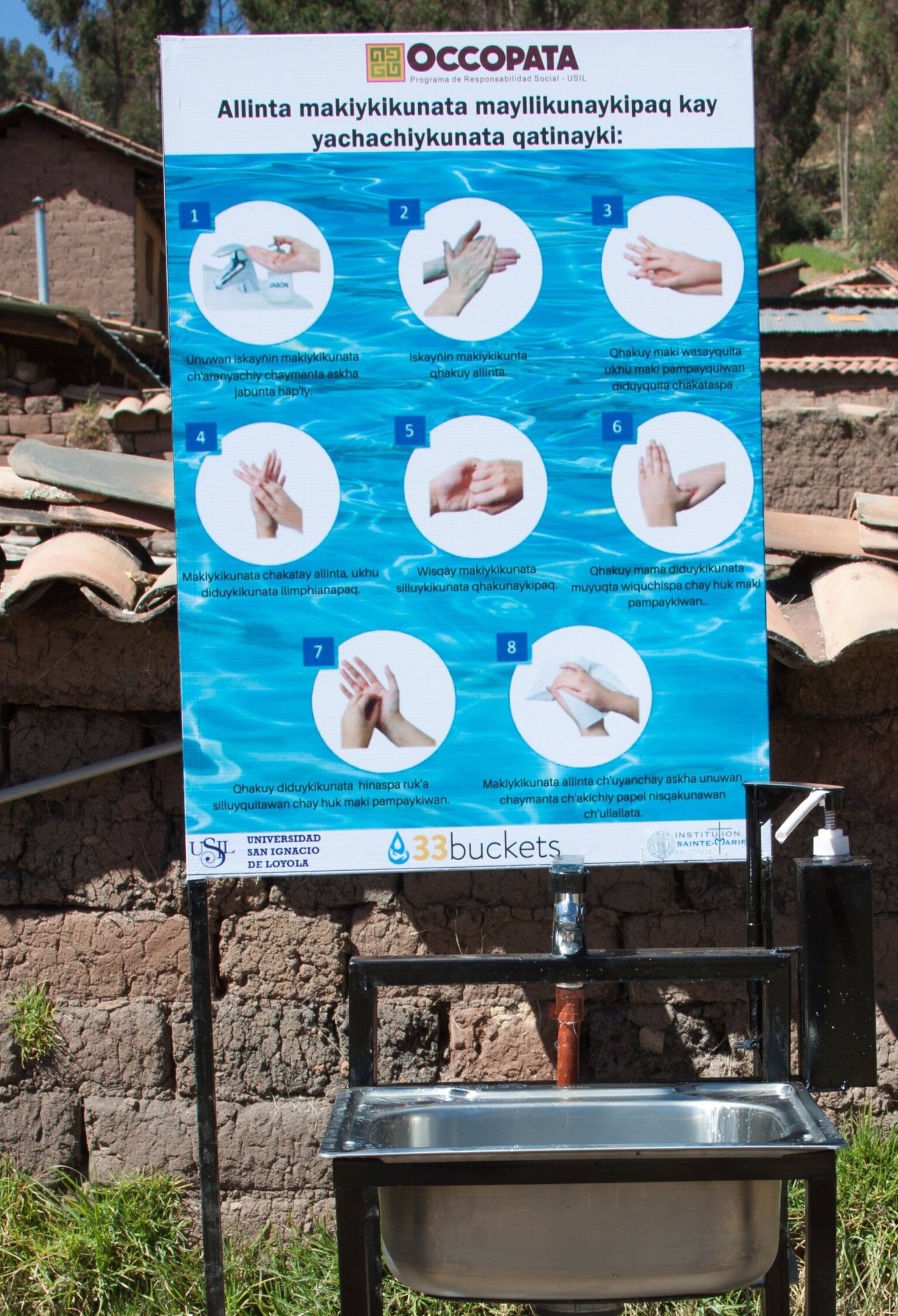Cusco, Peru and COVID-19
In 2017, I joined the 33 Buckets team as a Project Development Intern. Since then, I’ve spent over 4 months on the ground working with our community partners to develop permanent, clean water solutions. Now, as a recent graduate of Arizona State University, I am committed, full-time, to our mission. The following content originates from my experience traveling to Cusco, Peru and working as a 33 Buckets team member. Thanks for reading.
Daniel Hoop | Executive Director
The Cusco region of Peru is rich with history, heavily influenced by the Inka Empire of the 15th century. At an elevation of 11,000’, Cusco sits atop the Peruvian Andes serving as a gateway to the Sacred Valley.
In 2019, nearly 4 million people flew into Cusco’s Alejandro Velasco Astete Airport1. Tourists come from all parts of the globe to experience Cusco, a city of 430,000. In recent decades, the tourism industry has fueled rapid economic growth in many areas. Unfortunately, this exponential growth hasn’t benefited the lives of all Peruvians equally.
In May of 2018, I traveled to Cusco with 33 Buckets for the first time. As an intern and engineering student, I knew all about the technical side of our approach. I became familiar with our existing solutions and our goals for the summer. At this point, however, I didn't fully appreciate the role of clean water in improving people's lives.
As my final flight descended, I first witnessed the natural beauty of the Cusco Valley and its historic city center. From above, the city displays its iconic red rooftops to newcomers. On the ground, the city buzzes with the daily lives of local Cusqueñans and foreigners alike.
Two days after arriving, I recall packing into a massive van with the other 33 Buckets team members. We traversed through busy, cobblestone streets until we reached the Distrito de Santiago which resides on the southwest edge of the city center. From there, our crew began the ascent into the mountainous region surrounding Cusco. After a half hour of winding roads and epic scenery, a sign appeared on the right-hand side of the road. It read “BIENVENIDOS A OCCOPATA”. I immediately recognized the name. I’d finally arrived in one of 33 Buckets' partner communities.
I spent many evenings double-checking water quality data, reviewing community surveys, and brainstorming ideas for how 33 Buckets could expand our work on a global scale. Throughout the two month trip, I met hundreds of locals from our partner communities. Despite language barriers, I felt a sense of human connection that seemed to make the projects work. We united in a common goal to improve the lives of community members through clean water. The gears turned in my head as I began appreciating the 33 Buckets’ mission.
MY TREK TO MACHU PICCHU
In my final week in Cusco, I planned a journey to one of the seven modern wonders of the world, Machu Picchu. Led by a local Cusqueñan named Alex, the 4-day trek turned out to be life-changing in multiple ways. Alex, our guide, is a proud Inkan descendant whose family has lived in the valley for countless generations.
I was quick to bombard him with questions about trekking the Sacred Valley for a living. He explained to me that his job as an adventure guide for tourists pays fair but the industry as a whole doesn’t benefit the most underserved Peruvians. In his home community, access to basic resources like clean water and education were not readily available. Careers in the tourism industry only came for the few who had the opportunity to learn English. Throughout the trip, Alex explained how tourism in Cusco has resulted in some key, adverse trends: a massive increase in pollution, depleted water sources, and a migration of people towards the city. Naturally, he understood the desire of foreigners to witness the wonders of Peru, but would not stand for the effects of ignorance, excessive consumption, and the lack of basic resources in indigenous communities.
At 4 AM on the last morning of the trek, our group embarked in the final stretch to Machu Picchu. As we turned the final corner and climbed the last step, the powerful beams of sunlight engulfed us as we stood in awe. We explored the citadel for a few hours before parting ways with our guide, who had done much more than simply lead our trek.
Whether it was the 1,600 steps to Machu Picchu or the nausea-inducing bus ride back to Cusco, I finally understood what Alex was trying to communicate. As a global citizen, it’s my duty to be culturally and environmentally aware. As a nonprofit, 33 Buckets has a duty to understand the sources of cyclical poverty in every community we partner with. As a society, we have to recognize the realities of those without clean water and sanitation resources. At this point, I fully realized the value in the 33 Buckets’ mission:
To enable people to achieve permanent access to clean, running water is a necessary step in building resilient, prosperous communities.
THE COVID-19 PANDEMIC
With the COVID-19 pandemic reaching every corner of the globe, this realization is more apparent than ever. Handwashing and hand hygiene are the most effective defense against the spread of the virus; yet, 60% of the human population does not have access to improved sanitation resources like clean, running water2.
In Peru, the response to the pandemic was swift. One week after the first confirmed case, the government declared a state of emergency implementing an international travel ban and strict quarantine. Despite its prevention efforts, Peru has become a hot-spot for COVID-19. In the past month, the country has consistently reported in the top 3 countries, worldwide, for confirmed cases per capita3.
The intensity of outbreaks vary throughout the country, but the economic effects have been felt everywhere. For the Cusco region, the abrupt disappearance of tourism has had a ripple effect. Alberto Charra is the volunteer coordinator at Universidad San Ignacio de Loyola (USIL), our local partner in Cusco. Charra explained, “After 90 days of isolation and lack of communication, 80% of the businesses have closed. This is because these businesses relate to tourism, directly and indirectly… In many [rural] communities such as Occopata, the farmers had exchanged their traditional products for others with a larger market, for example strawberries for potatoes, which are currently in very low demand.”
On July 1st, after 107 days, quarantine restrictions lifted in the regional district of Cusco. Thus far, the region has avoided catastrophic effects on public health and the medical system; in part duethanks to the strict quarantine and travel bans. However, the COVID-19 virus is far from being eradicated. With the dissolution of restrictions, outsiders will soon re-emerge in the Cusco Valley. With these visitors, comes an increased likelihood for an outbreak. As city markets reopen, rural farmers and artisans will be eager to trade their products. Children will return to schools and taxi drivers will resume transporting packed cars. Inevitably, the probability of an outbreak will increase.
Due to lack of resources and education, many rural communities are extremely susceptible to an outbreak. Charra continues to explain, “Many people living in rural areas do not understand what COVID-19 is, much less know what the consequences are.” If an outbreak reaches communities without clean running water and educational information, the burden of disease could be massive.
OUR RESPONSE
In early April, 33 Buckets decided to act. For the past 5 years, the 33 Buckets team has traveled directly to our partner communities to produce long-lasting clean water solutions. With restrictions on international travel and the imminent threat of global pandemic, we adapted. We collaborated with Universidad San Ignacio de Loyola (USIL) to launch a COVID-19 prevention initiative in Occopata, Peru.
Together, we worked with community leaders to acquire the materials to construct public handwashing stations with infographics in Quechua, the native language of the region. Our partners at USIL hosted an educational seminar on best practices for COVID-19 prevention. Each of the 296 participating households received a sanitation kit with soap, sanitizer, masks, and tailored educational material.
In the weeks following the initiative, we followed up with our friend Alberto from USIL. He reported, “The campaign created to prevent this virus was received with joy and much gratitude, as it not only involved the delivery of a preventive kit but also training on how to prevent infectious diseases.”
For creating systemic change, we’ve seen that fostering a culture of clean water and sanitation is equally important as the technical solution. At 33 Buckets, we recognize that clean water, paired with education, is the first step in breaking cycles of poverty and improving quality of life.
“The campaign created to prevent this virus was received with joy and much gratitude, as it not only involved the delivery of a preventive kit but also training on how to prevent infectious diseases.”
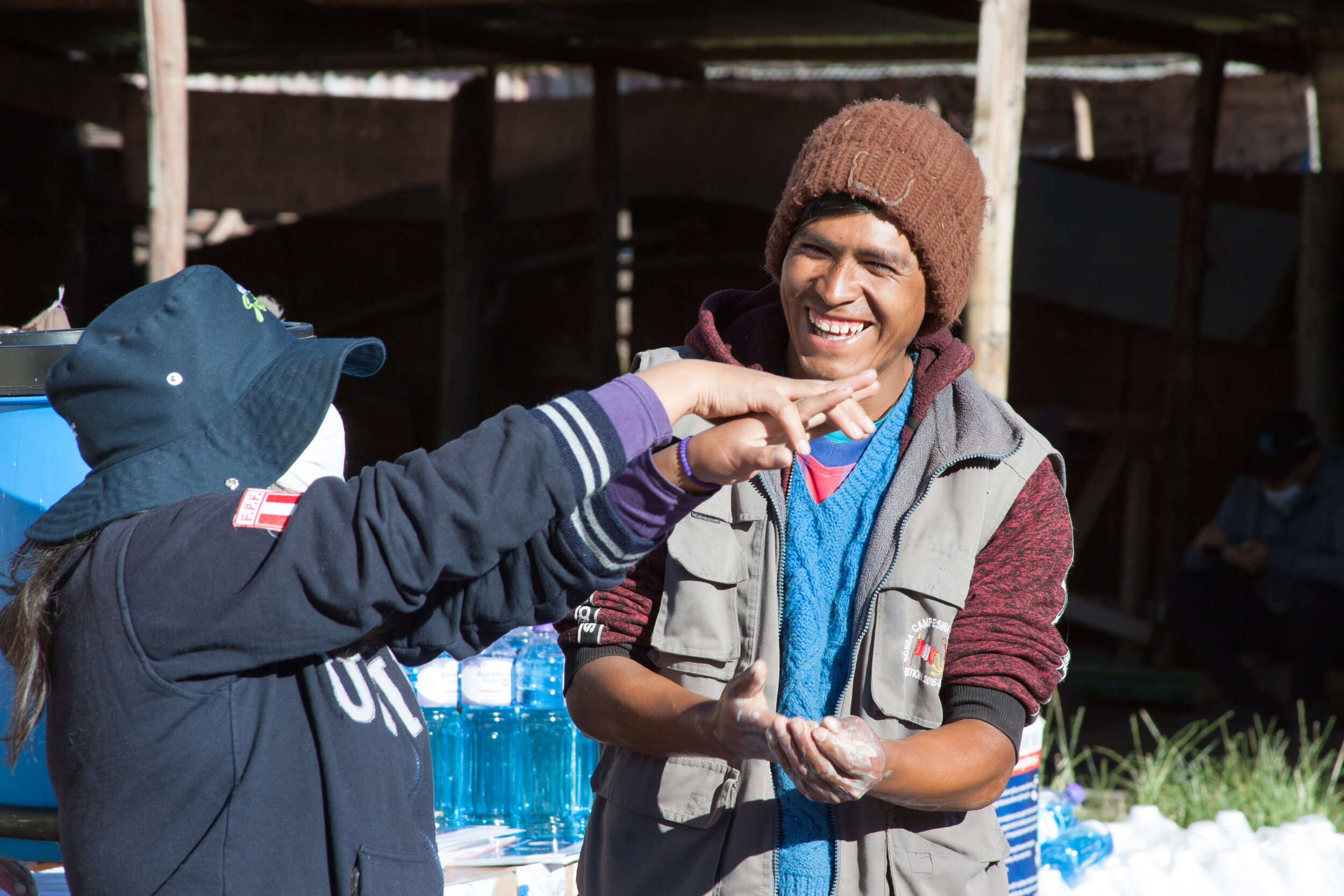
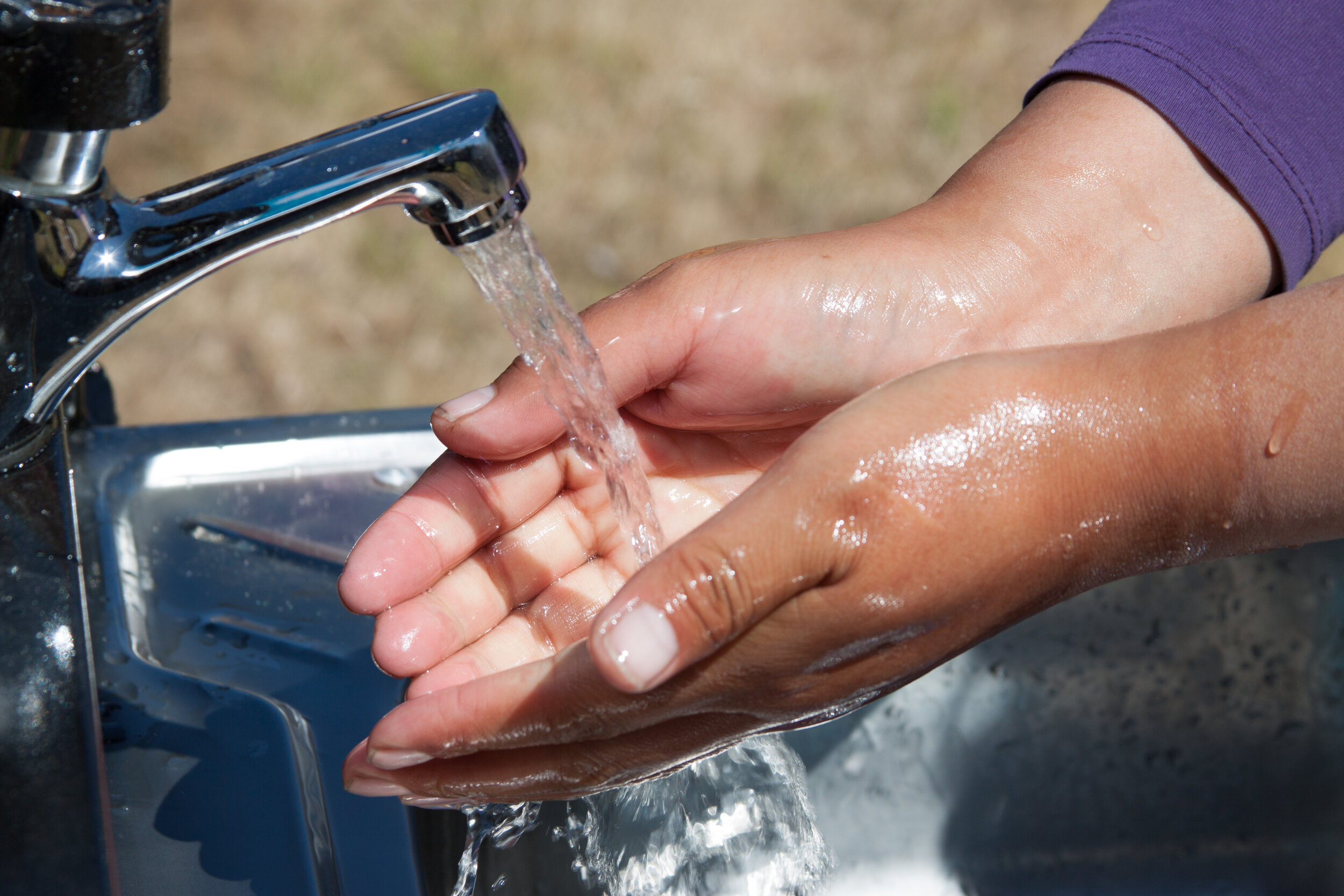
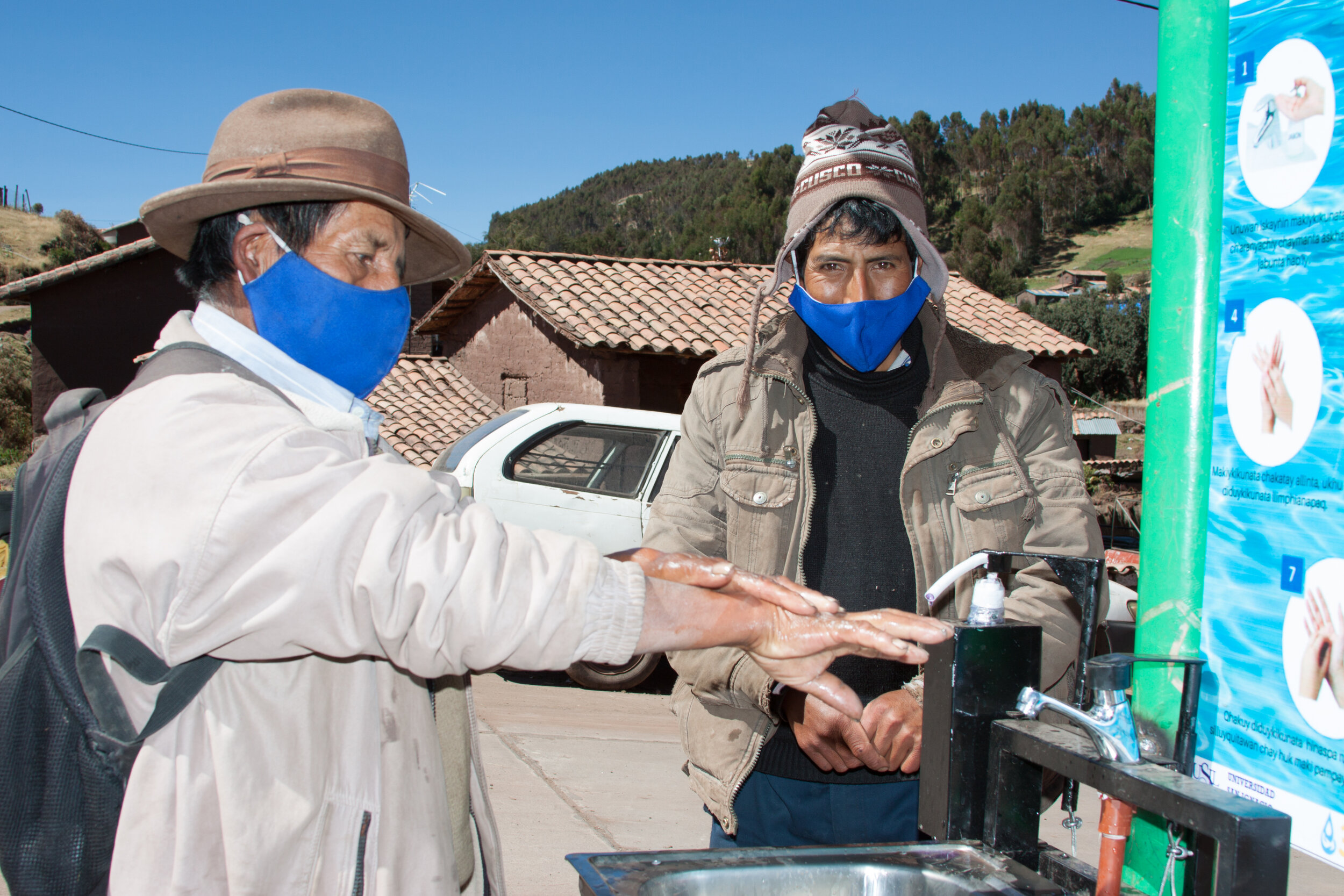
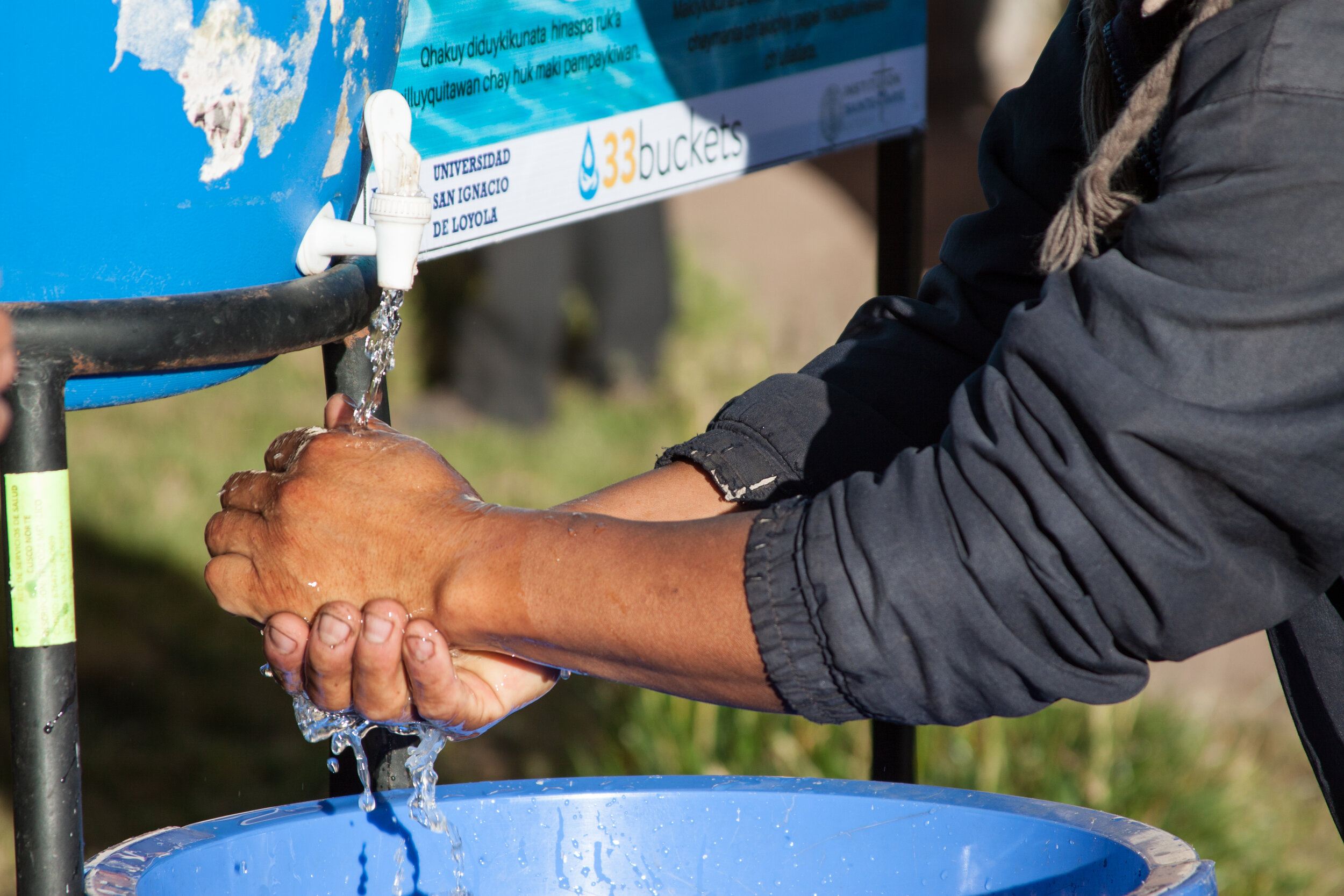
Through the support of our donors, 296 families now have public access to clean, running water and sanitation resources to thrive during and after the pandemic. As of July 6th, 2020, Occopata has maintained 0 cases of COVID-19. Check out our original video for more details on this project.
Yet, the work of 33 Buckets isn’t finished. Our immediate goal is to scale our COVID-19 Prevention Initiatives during the pandemic. We’ve identified 3 more communities: Mayrasco, Huillcapata, & Huaylay. For $15 USD, you can enable one family to gain access to these crucial resources. Join us in empowering communities to prosper through clean water and sanitation.
Resources
1 Ministerio de Comercio Exterior y Turismo del Perú, (2020, June 16). Movimiento general de pasajeros en los Aeropuertos del Perú, http://datosturismo.mincetur.gob.pe/appdatosTurismo/Content4.html
2 United Nations, (2020, June 3). Goal 6: Ensure access to water and sanitation for all, https://www.un.org/sustainabledevelopment/water-and-sanitation/
3 European Centre for Disease Control (2020, July 3). Total Confirmed Cases of COVID-19 Per Million People https://ourworldindata.org/coronavirus-country-comparisons?country=~PER#what-is-the-total-number-of-confirmed-cases-adjusted-for-population


